The environmental advantages of wood frame construction:
As just about the only renewable building material, wood has many advantages over other materials. It requires less energy to produce in terms of resource extraction, manufacturing and transportation. While still prevalent in residential construction, wood has largely been replaced by concrete and steel in most commercial applications. (Although that may be about to change with the aptly nicknamed "Plyscrapers!")
According to astudy led by the CORRIM(Consortium for Research on Renewable Materials), the lifecycle of steel and concrete results in 26% to 31% more greenhouse gas emissions than that of wood.
实际上,用木材建造房屋是一种有助于应对气候变化的措施,前提是种植等量的新树。通过捕获周围的碳并将其转化为氧气(光合作用的过程),树木有助于减少温室气体的排放。

此外,树木有很大的二氧化碳储存能力,因为它们需要碳来生长。事实上,大约50%的木材(干燥时)是由碳组成的,即使在木材被采伐后,碳仍然存在于木材中。因此,在建筑中使用一平方米的木材可以从大气中去除0.9吨的二氧化碳。
That means that a typical wooden structure measuring approximately 2,400 sq.ft. retains the equivalent of 29 tons of carbon, or the same amount generated by the average commuter vehicle over a 5-year period (approximately 12,500 liters of gas). Moreover, one square metre of wood used in construction prevents the emission of 1.1 tons of carbon when substituted for other materials.
Additionally, wood has a long lifespan, under the condition that it has been well-maintained and protected against moisture damage and pests such as carpenter ants. Wood also weighs much less than concrete, making it ideal for light frame construction.
Given these advantages, architects are now re-acquiring the know-how for timber construction and some organizations are specifically promoting the use of wood for house framing, renovations and certain commercial applications as well.
The truth about fire resistance and wood structures:
The combustibility of a building's framing material has little to do with fire safety. Statistics show that the risk of fire is no greater for wood frame homes than for those built with other structural materials. The determining factors are more the combustibility of interior furnishings, the presence of functioning smoke detectors and occupants' fire safety awareness.
The ability of a structural element to resist fire essentially depends on the behavior of its components under high temperatures. In addition to burning at a rate of 0.7mm per minute (4.2 cm per hour), wooden structures remain stable even if a fire lasts a long time.
Insulating protectors and gypsum board (drywall) may also be used to protect wooden structures from heat, and wood frame elements can be designed so as to ensure a degree of fire resistance ranging from 45 minutes to 2 hours, depending on the design and choice of materials.

Multi-story wood frame construction:
To date, the Stathaus building in London, also known as the Timber Tower, is the tallest timber construction in the world, consisting of 8 wood floors and 1 floor on a concrete platform. It was built using a structural system perfected by KHL (Austria).
The cross-laminated timber was prefabricated using engineered wooden tongues, whose increased density equips the building with excellent soundproofing. According to the architects’ calculations, the use of wood in the project prevented the emission of over 310 tons of carbon in comparison to other materials.
Wood: underutilized and over-exploited:
There is a lot of potential for increasing the amount of wood used in both residential and non-residential construction. New wood products and innovative building practices are helping to increase the use of wood. However, the acceptance of engineered structural materials by building codes could also contribute to that increase.
An additional benefit of certain types of engineered wood products is the ability to use smaller pieces that would otherwise be considered waste.This can help reduce the burden on both landfills and our forests.
An increased use of wood also requires sustainable forest management practices.The Forest Stewardship Council certifies wood has been sustainably harvested,并在最近概述了欧盟建立的一项新的木材法规,该法规希望从市场上禁止非法采伐木材,包括进口和国内生产的木材,规定:“从2013年3月3日起,任何将木材或木材产品首次投放欧盟市场的经营者必须确保它们是合法生产的。”
Similar measures taken by other countries could help change trends and promote sustainable practices for building with wood.
Now you know all about wood framing and choosing the right materials, read more on these pages :
Findmore about green home constructionin the EcohomeGreen Building Guide pages- also, learn more aboutthe benefits of a free Ecohome Network Membership here. |


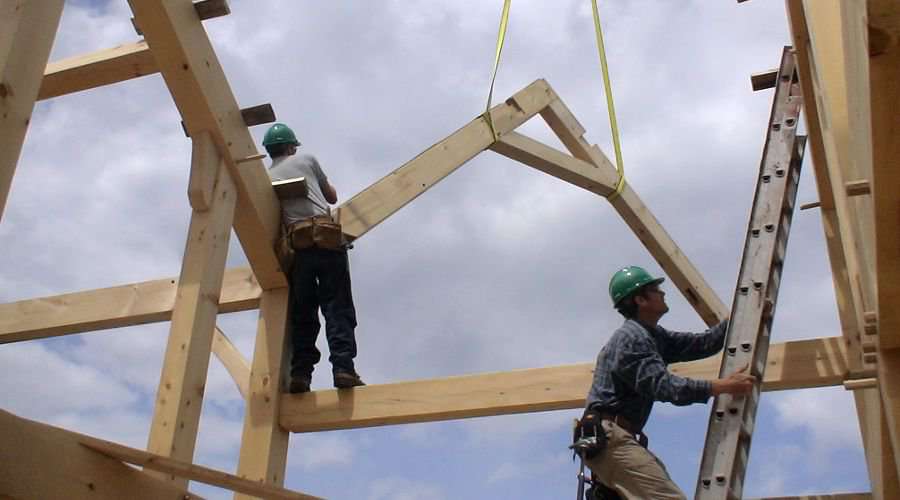















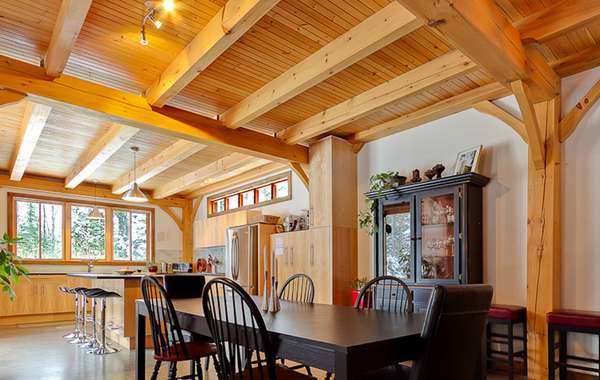
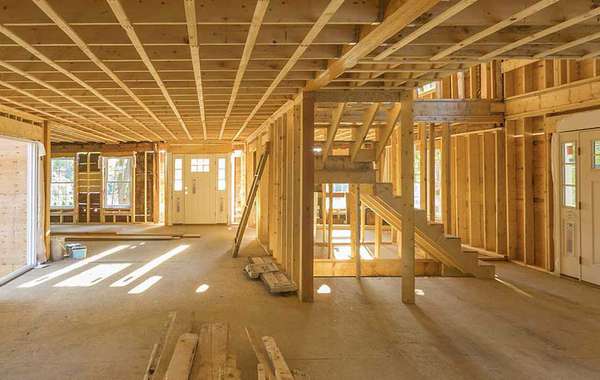
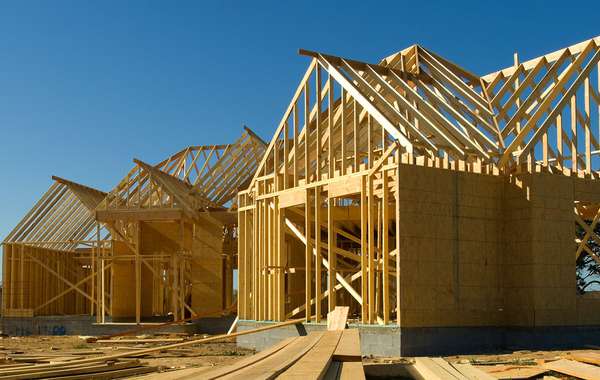
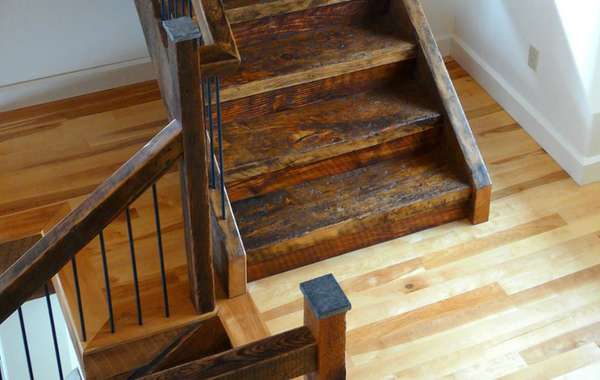
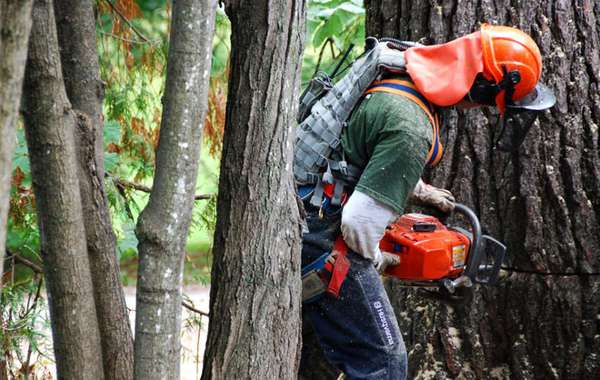
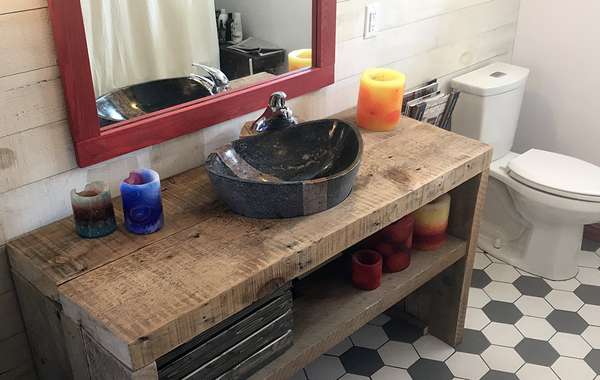
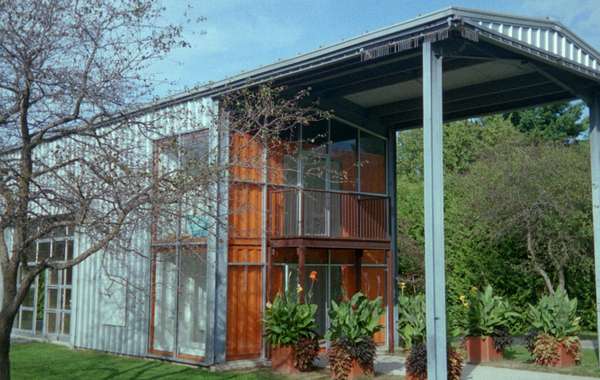
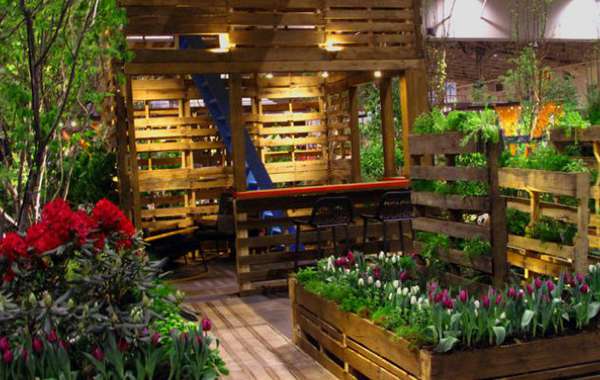
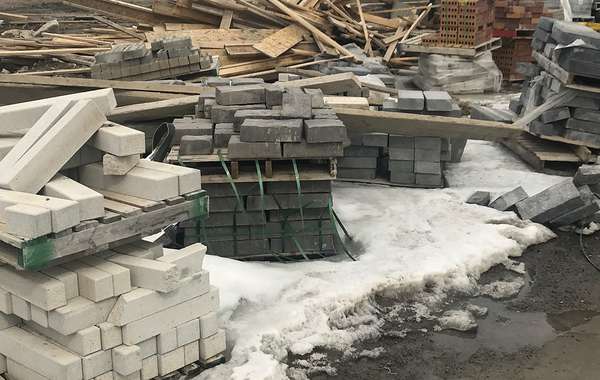
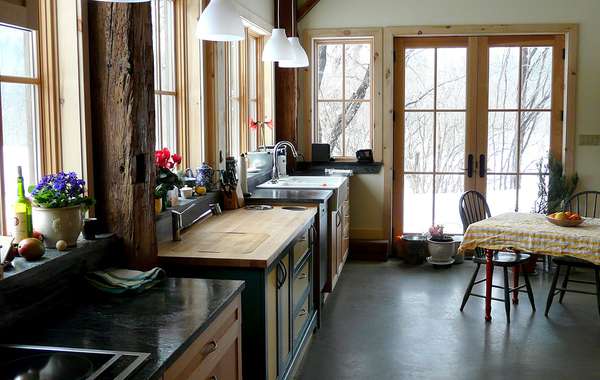
Comments (0)
Sign Up to Comment